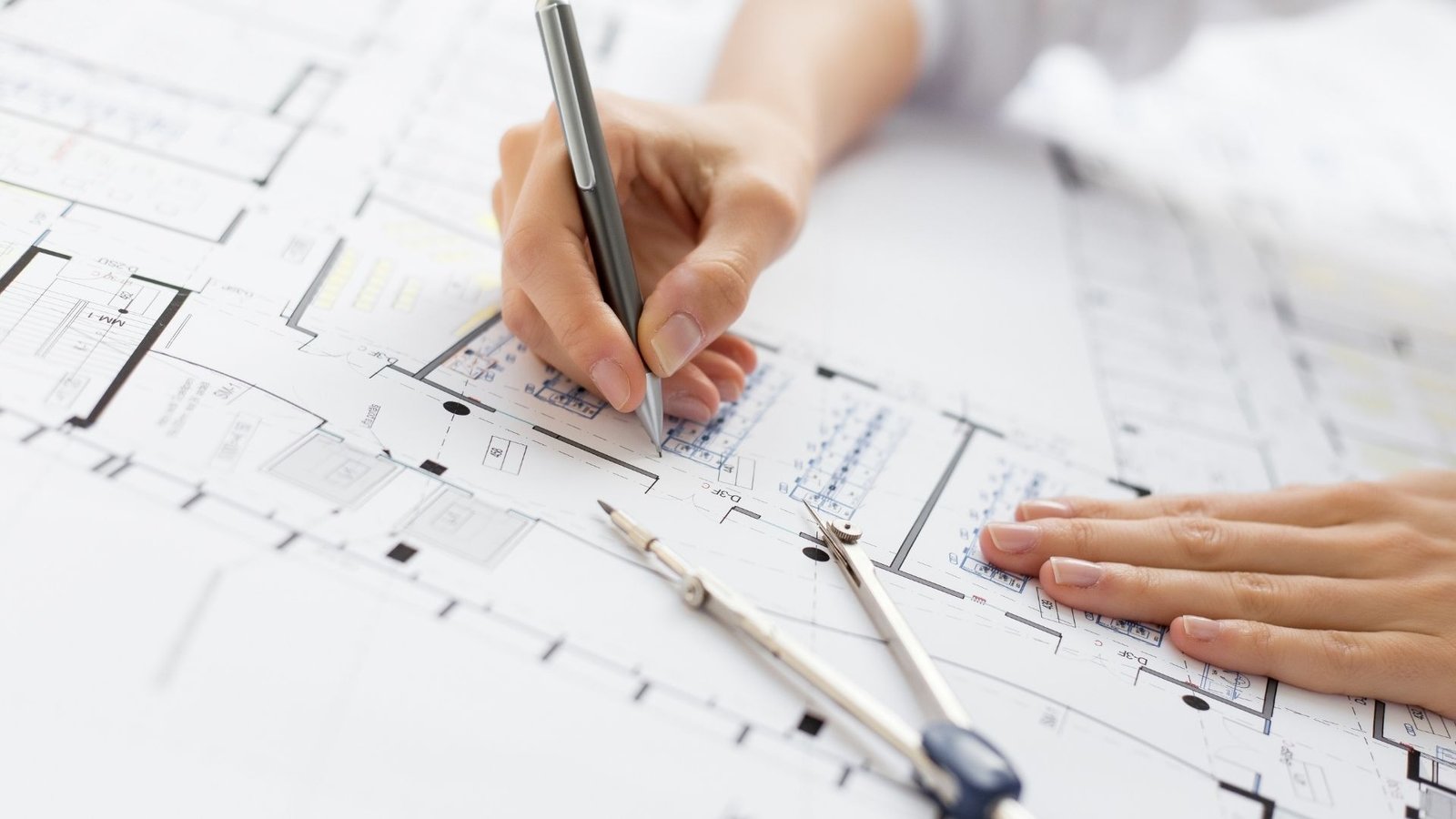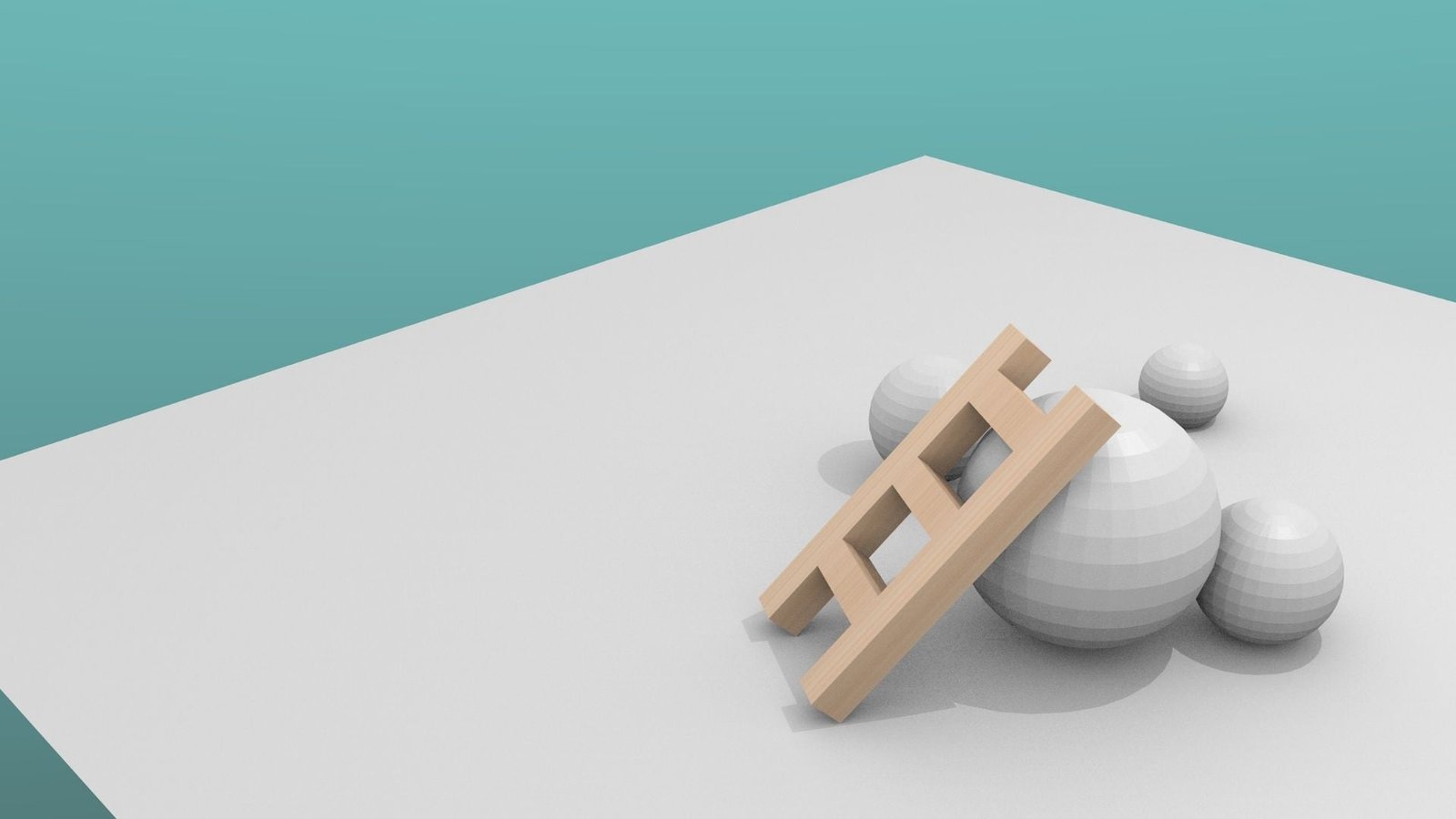KLiC AutoCAD
This course is designed for a Learner who is involved in the Architectural and Engineering design fields and for those interested in Computer-Aided Design (CAD). The learner will be introduced to Computer-Aided Drafting skills. The aim of CAD is to introduce Learners to basic information, skills, and concepts related to drafting and designing with the help of Computers & Primary CAD Software like AutoCAD.
Leading the Learner to a career path in the Design industry in which S/he creates & edit Architectural Floor Plans for Residential & Commercial Buildings, Interior Layout, Furniture Designs, Landscape Gardens, Front & Side Elevations, Working Drawings, Location Plans, etc. S/he also creates Engineering Machinery, Automobile Parts & Assembly drawings as well.
KLiC 3D ARTIST (Modelling)
3D modeling and animation have transformed numerous fields, including filmmaking, computer games, and architecture, and product design. Yet the underlying basis of high-quality 3D production originates in traditional design and animation methodologies.
This course provides an introduction to the exciting world of 3D content creation while emphasizing its connection to the creative thought process. Students will learn an overview of the artist’s workflow as it relates to modeling, texturing, animation, lighting, and rendering. This course offers a new dimension to the process of filmmaking and design.
KLiC 3D ARTIST (Texturing and Lighting)
Texturing artist possesses strong artistic skills such as 2D drawing and painting, understanding of light, shade, color, composition. He also has skills in creating painted and realistic texture maps for characters and environments.
The lighting artist working as a member of a visual effects or digital animation team is responsible for applying all lighting effects to a scene. He or she takes into consideration the light sources of the live-action plate (the filmed scene over which VFX features are placed) and applies virtual lighting to mimic the existing illumination within the environment. He or she may also add secondary virtual light to visually enhance the objects or characters in the scene, such as adding eye glint or rim lighting.



